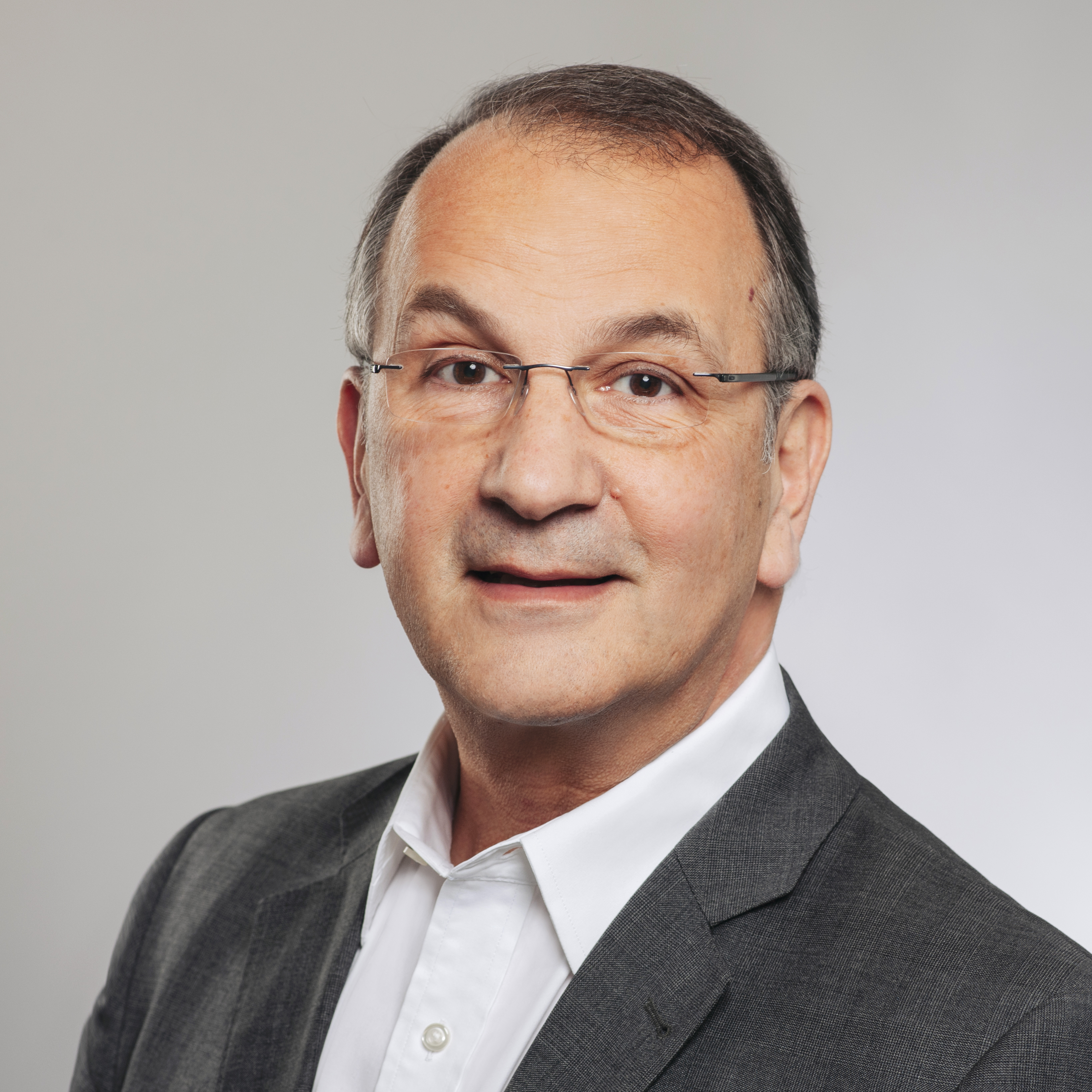“We need to be more cautious when using the term climate neutrality”
World Standards Day 2022: Series of interviews on climate protection and standardization

© Pforzheim University
The topic of this year's World Standards Day is “SHARED VISION FOR A BETTER WORLD” - a world that is threatened more than ever by climate change. In order to tackle global warming, the EU is striving to achieve the “green zero”: net zero greenhouse gas emissions by 2050. In this interview, Prof. Dr. Mario Schmidt, Academic Director of the Institute for Industrial Ecology (INEC) at Pforzheim University and member of the Resource Commission of the German Federal Environment Agency, talks about the challenges and the importance of standards and specifications for climate protection.
Prof. Dr. Schmidt, what does climate neutrality mean from a scientific point of view?
Strictly speaking, climate neutrality means that the climate is not affected at all; a goal that is not so practicable. Even if, for example, I rely on solar energy, I am still changing the earth’s surface, i.e. its reflectivity, through the installed photovoltaic modules, which in turn affects the earth’s radiation and consequently the climate. Climate neutrality means rather the net balance of greenhouse gas emissions; greenhouse gas neutrality would therefore be a more fitting term.
Despite this, many companies talk about becoming climate-neutral. Where do the challenges lie here?
Companies want to keep their greenhouse gas emissions at zero. This raises the question: How do we balance this? According to DIN EN ISO 14064-1, we distinguish between direct and indirect emissions. On the one hand, greenhouse gas emissions that result from the direct ownership or control of a company. On the other hand, indirect greenhouse gas emissions generated by external sources such as materials, services or electricity. These must also be taken into account, and it is this that makes accounting so complicated. In a globally linked economy, it is virtually impossible to only source climate-neutral products; there is always a residual amount of emissions. Often, companies try to compensate for this financially elsewhere with sustainable projects. However, the added value for the environment is questionable if there are no clearly defined criteria and requirements regarding the quality or durability of such projects. It should be noted, unfortunately, that there are currently many approaches that are not resulting in real climate protection.
What contribution do standards and specifications make in this context?
First of all, they establish a consensus on what climate neutrality in general. What's more, they define requirements for environmental protection measures and provide companies with concrete recommendations for action and technical solutions on how they can actually effectively contribute to climate protection. The ISO 14000 series is a broad collection of standards that companies around the world already use to balance their environmental impact. These standards are, in the truest sense of the word, standard - for example DIN EN ISO 14040 on life cycle assessment or DIN EN ISO 14067 on the carbon footprint of products. The use of such standards and specifications ensures transparency and, at the same time, reinforces credibility.
Nonetheless, there are still certain challenges in standardization regarding climate neutrality - what are they from your point of view?
Above all, we need to be more cautious when using the term climate neutrality and apply uniform evaluation standards. What does greenhouse gas-neutral mean, and what types of emissions are relevant here, and how can they be measured in a uniform way to enable comparison? We need clear and strict standards for this. ISO 14068 is currently in preparation and deals with exactly these questions: What does carbon neutrality mean; what can we take into account and what not? Also being discussed is the extent to which avoided emissions can be taken into account in subsequent value chains. For example: Should an insulation manufacturer factor in the homeowner's energy savings from its product in its accounting? A consensus must be established here - at national, European and international level. This is an extremely complex task because numerous players are involved. Overall, however, standardization in the field of climate protection has already resulted in a number of good standards.
With focus on “SHARED VISION FOR A BETTER WORLD”, what is your personal vision?
Standards are a good means of establishing a consensus between different stakeholders and are particularly helpful as regards topics as complex as climate protection. I would like to see companies as well as NGOs becoming more involved in standardization. Broad participation ensures that a standard is drafted in a balanced way in terms of content and, above all, formulated in a practical way. This is prerequisite for a standard's success and, consequently, for effective climate protection.
Personal Information
Physicist and environmental scientist, Prof. Dr. Mario Schmidt, is Professor of Ecological Business Management at Pforzheim University and is the Academic Director of the Institute for Industrial Ecology (INEC). He is also a member of DIN/ISO Standard Committees for carbon neutrality.
World Standards Day 2022: Interviews on climate protection and standardizationThe international standards organizations and their national members will be celebrating World Standards Day on the 14th of October - highlighting the importance of standards and specifications. The topic for World Standards Day 2022 is “SHARED VISION FOR A BETTER WORLD” and will focus on the importance of standardization to achieve Sustainable Development Goals, with particular emphasis on climate protection. In a series of interviews with interesting personalities from industry, science and politics, the three standards organizations DIN, DKE and VDI would like to jointly highlight the tasks ahead for business and society in the fight against climate change on World Standards Day. In each interview, we talk about the challenges facing their respective industry, the opportunities offered by green transformation and discuss solutions such as standards and specifications. |